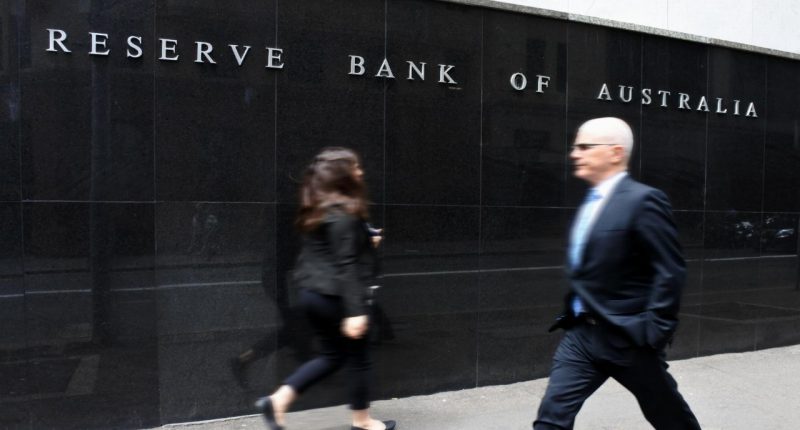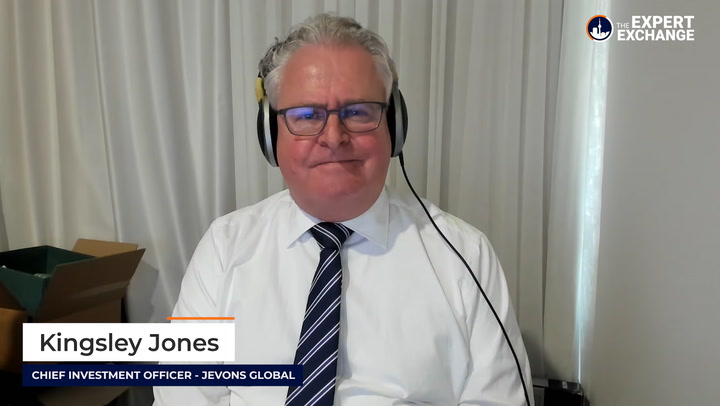- The Reserve Bank of Australia has held interest rates at record lows and sticks to its $4 billion a week bond-buying program
- RBA governor Phillip Lowe says the economy will still bounce back when states open up, but what that might look like is uncertain
- Wage and price pressures are subdued in Australia, Mr Lowe says
- RBA reaffirmed that it will not raise the cash rate until real inflation returns to the target range of two to three per cent, which it expects to occur in 2024
The Reserve Bank of Australia (RBA) has decided to hold the cash rate at the historic low of 0.1 per cent while continuing to purchase government securities at the rate of $4 billion a week until at least February 2022.
RBA governor Phillip Lowe said the central bank still believed the economy would rebound once restrictions and lockdowns were lifted, but what that bounceback would look like remained muddled.
“There is … uncertainty about the timing and pace of the bounce-back and it is likely to be slower than that earlier in the year,” he said.
“Much will depend on the nature and timing of the easing of restrictions on activity. In our central scenario, the economy will be growing again in the December quarter and is expected to be back around its pre-Delta path in the second half of next year.”
Mr Lowe said the Delta outbreak meant GDP was expected to have declined materially in the September quarter but noted that economic conditions were being felt unevenly across the country.
“The restrictions on activity have had a significant effect on the labour market,” he said.
“Hours worked – the best indicator of labour market conditions at the moment – declined by nearly 4 per cent in August. Looking forward, the Bank’s business liaison and data on job vacancies suggest that many firms are seeking to hire workers ahead of the expected reopening in October and November.”
Wage and price pressures remain subdued in Australia, according to Mr Lowe.
“In underlying terms, inflation is running at around 1¾ per cent and wages, as measured by the Wage Price Index, are increasing at just 1.7 per cent. While disruptions to global supply chains are affecting the prices of some goods, the impact of this on the overall rate of inflation remains limited.”
The RBA reaffirmed that it would not raise the cash rate until real inflation returns to the target range of two to three per cent.
The fundamental economic forecast of the bank is that this criterion will not be satisfied until 2024.
However many experts are slightly more bullish than the bank, predicting rates to rise in 2023.
“The timing of the first RBA interest rate rise is still most likely to be mid-2023 as our economy recovers and tighter labour markets drive wages growth, but other competing forces are ever-present,” Bendigo Bank head of economic and market research David Robertson said.
“Trade and geopolitical developments continue to complicate the outlook.”








